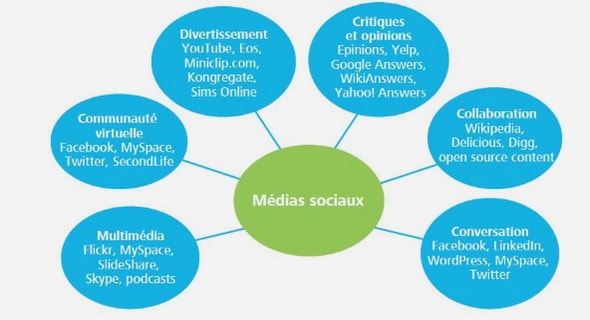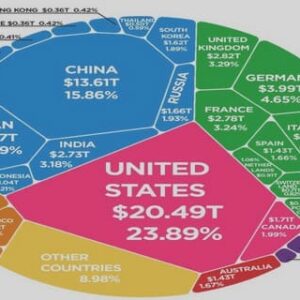(Downloads - 0)
For more info about our services contact : help@bestpfe.com
Table of contents
Overview
Data driven integrated modelling of social dynamics
Theoretical individual based models of social influence
Part 1. Data driven integrated modelling of social dynamics
Chapter 1.1 The SimMunicipality model
Main entities, state variables and scales
Process overview and scheduling
Chapter 1.2 Generating the initial population
Materials and Methods
Results
Conclusion
Chapter 1.3 Parametrisation of the individual activity dynamics
Designing and parameterising the individual activity
Lessons / Experience
Acknowledgements
References
Chapter 1.4 Parametrisation of the unknown laws of demography
The Cantal and its demography
How to model couple and birth dynamics in Cantal
How to model moving
Conclusion
Acknowledgements
Part 2. Theoretical individual based models of social influence
Chapter 2.1 Disregarding information – a model exhibiting the primacy bias
The models
Diffusion of a two-feature object
Diffusion of more than two features
Discussion
Chapter 2.2 Disregarding information – a double modelling approach
The individual based model (IBM)
Bird’s-eye view of the IBM for complex « interaction » cases
The aggregated model helping to predict the IBM
Conclusion, discussion
References
Chapter 2.3 Attraction-Rejection – designed from theories
1 Introduction
2 Overview of the model
3 Analysis of several examples
4 Systematic analysis of the number of clusters
Discussion and conclusion
Acknowledgement
References
Chapter 2.4 Attraction-rejection – a double modelling approach
Number of clusters in the ABM when the uncertainty varies
Aggregate model at the limit of infinite population
Discussion and conclusion
References
Chapter 2.5 Attraction-Rejection – designed from experiments
1 Introduction
2 The Dynamical Model of Interacting Individuals
3 Typical Evolutions of the population
4 Systematic experiments
5 Discussion and conclusion
References
Conclusions and perspectives
A methodological point of view on data and design
Data and design in data-driven modelling
Data and design in theoretical modelling
Perspectives
Developing the loop between data-driven and theoretical modelling
Social dynamics
References



